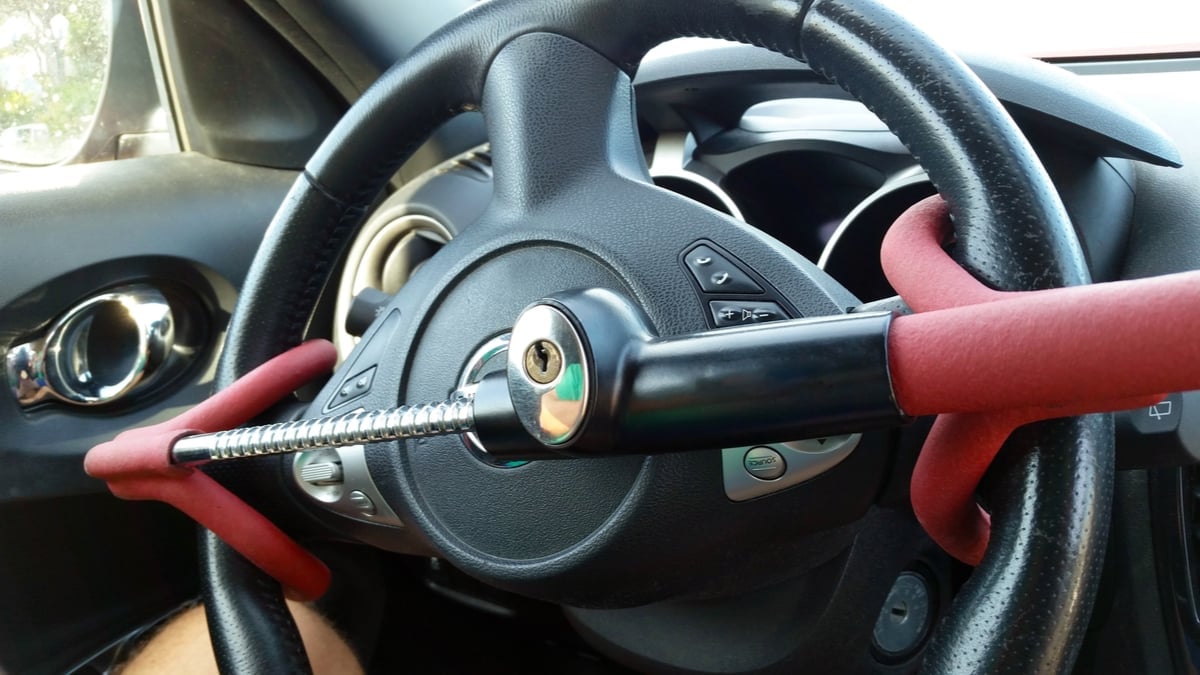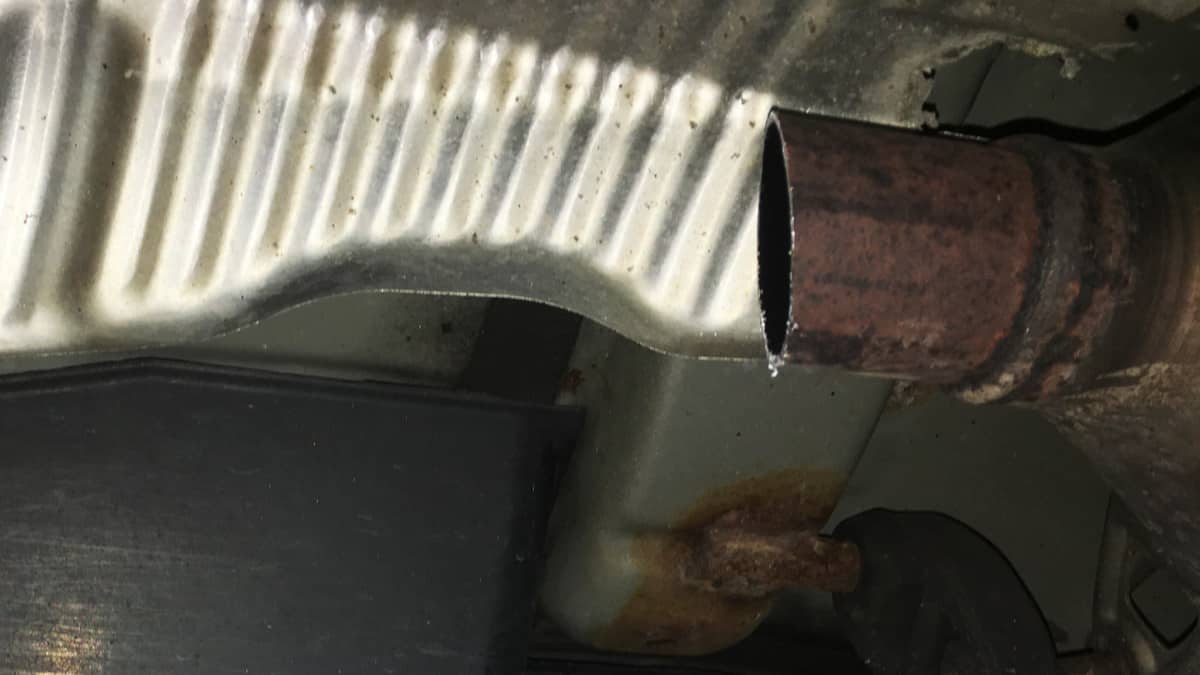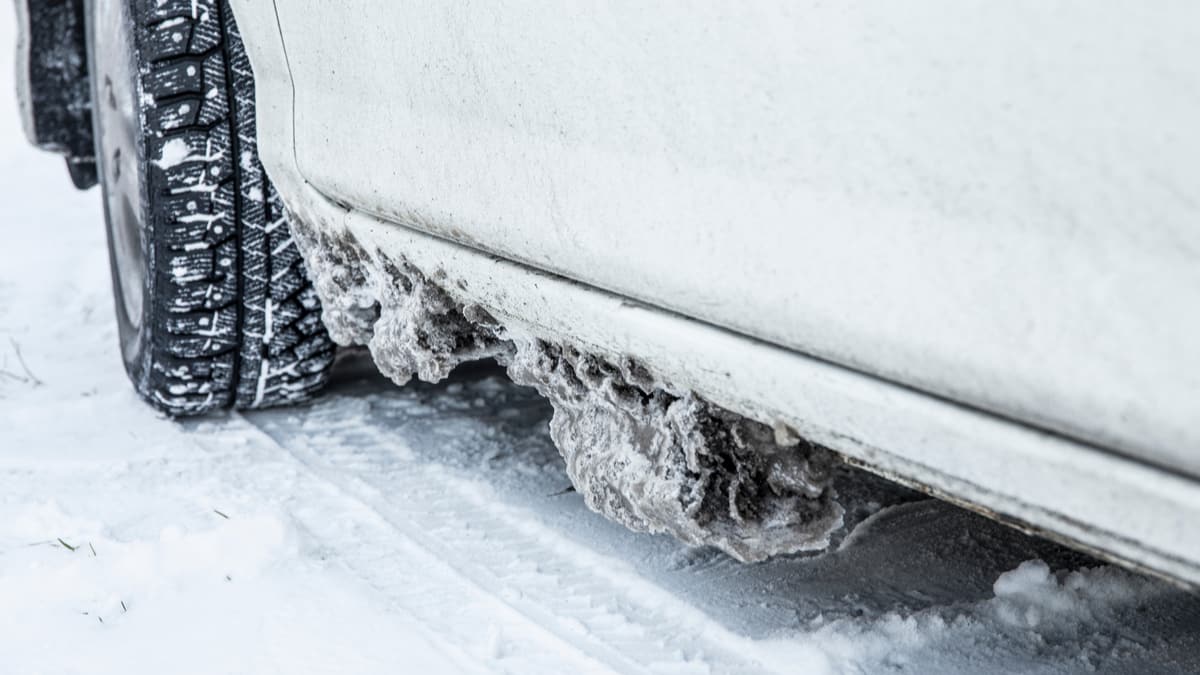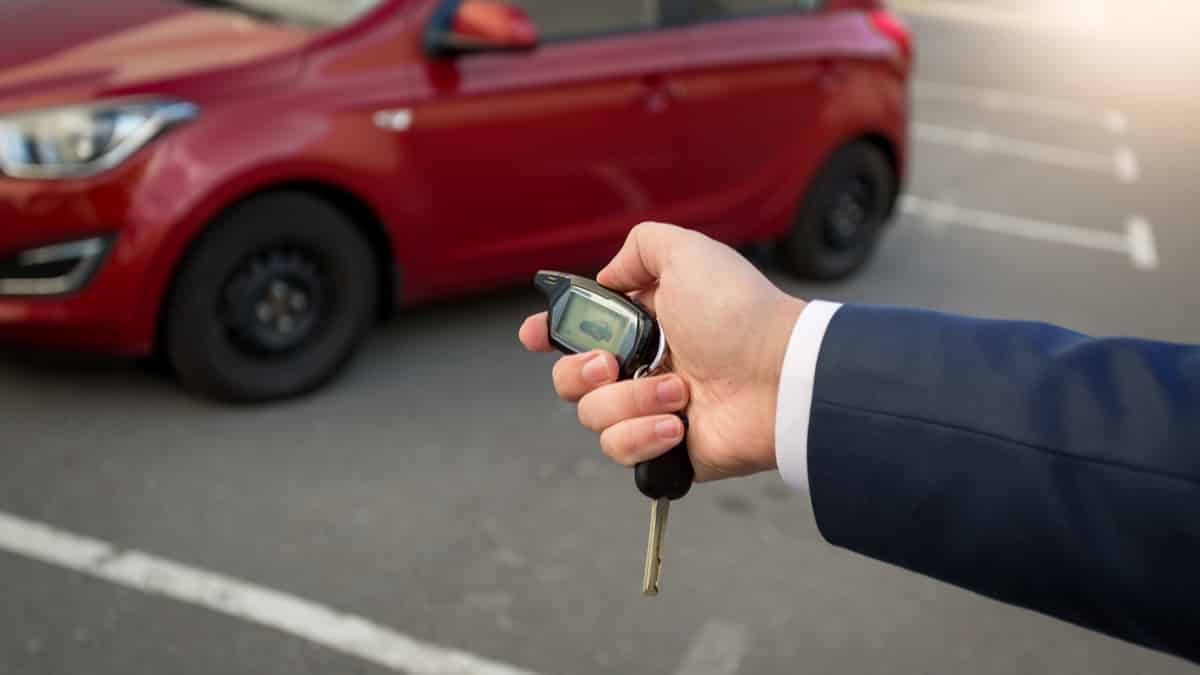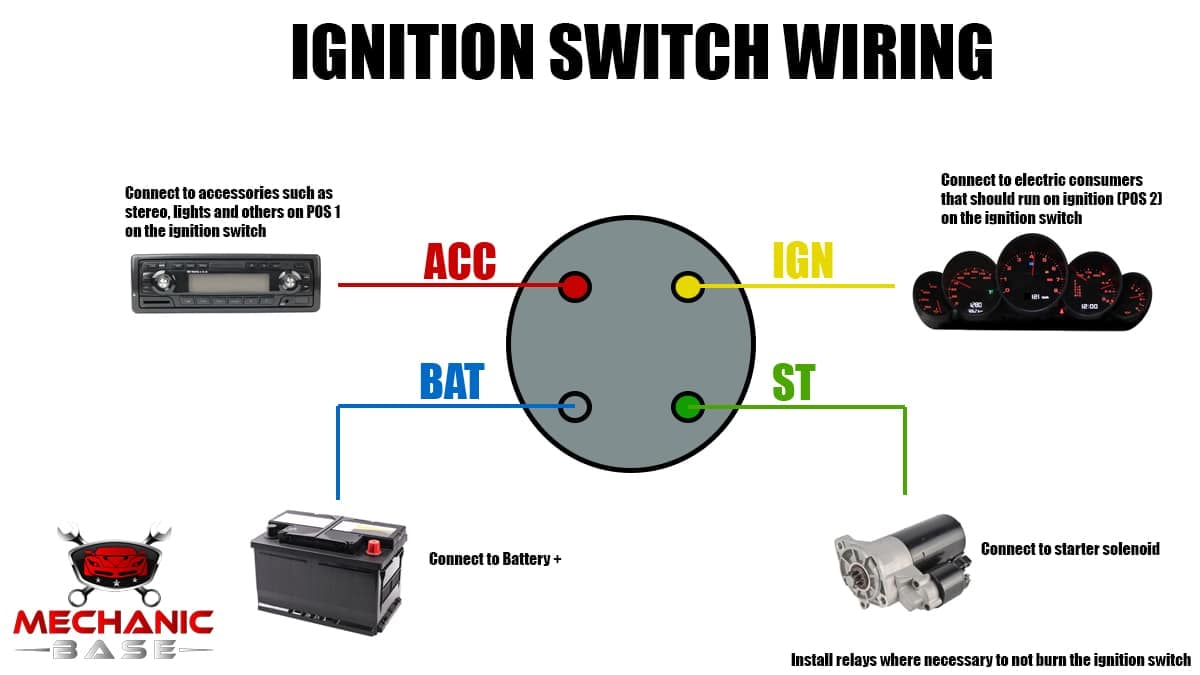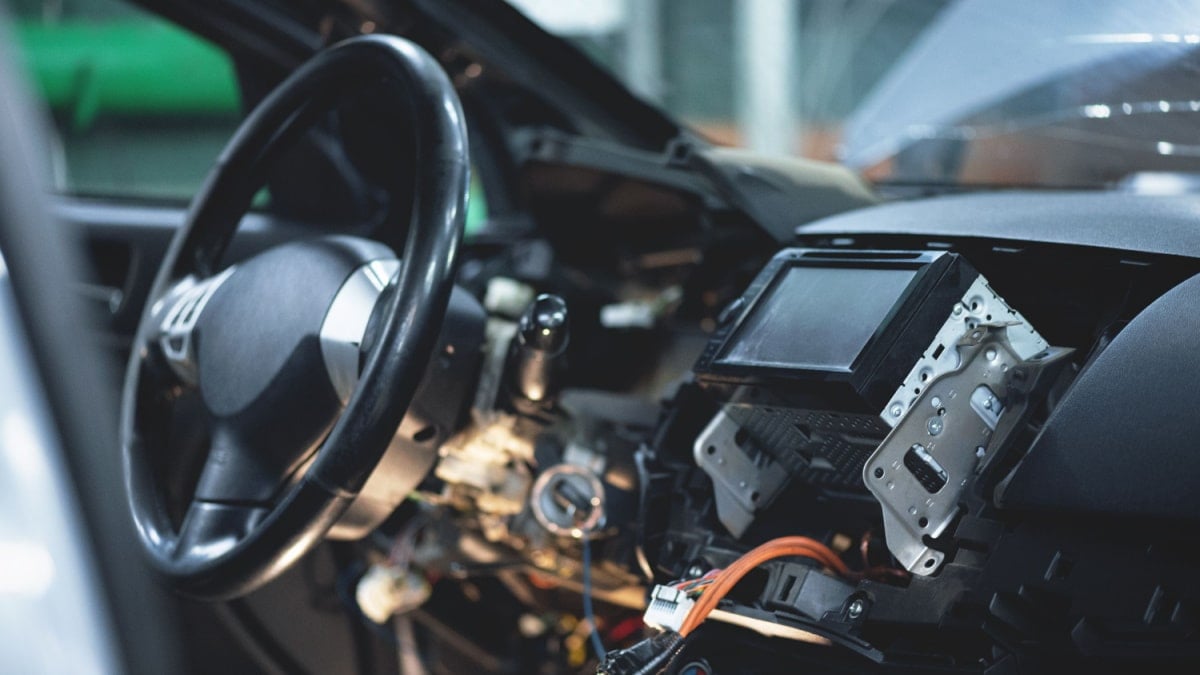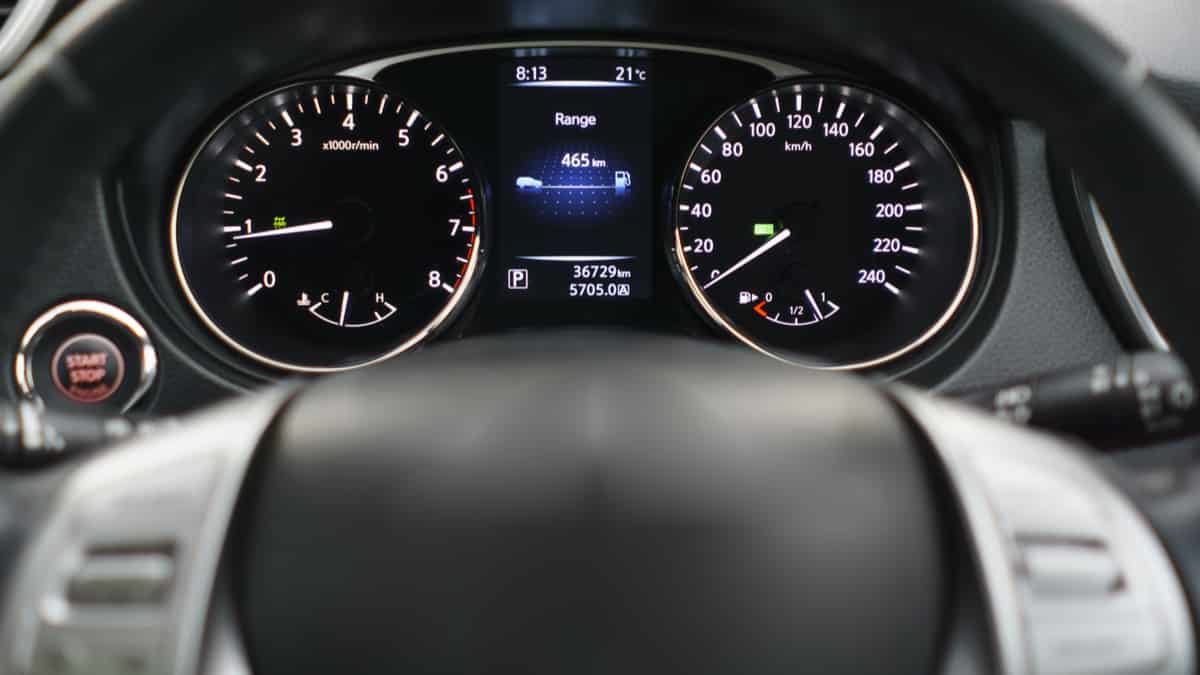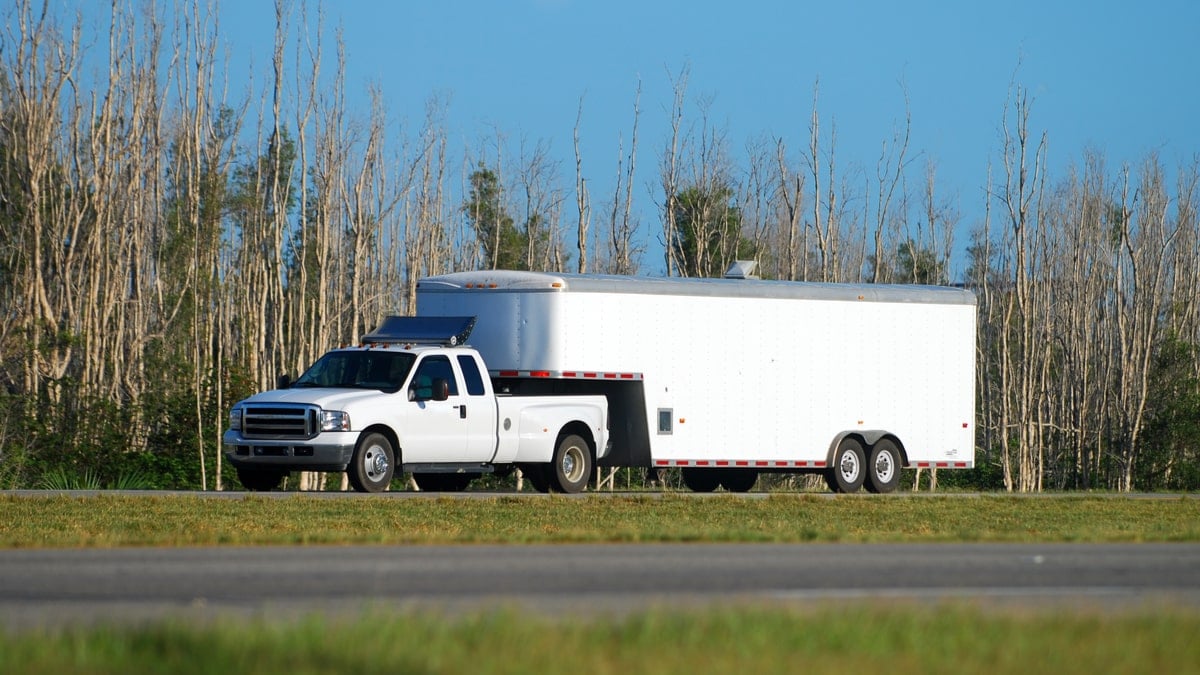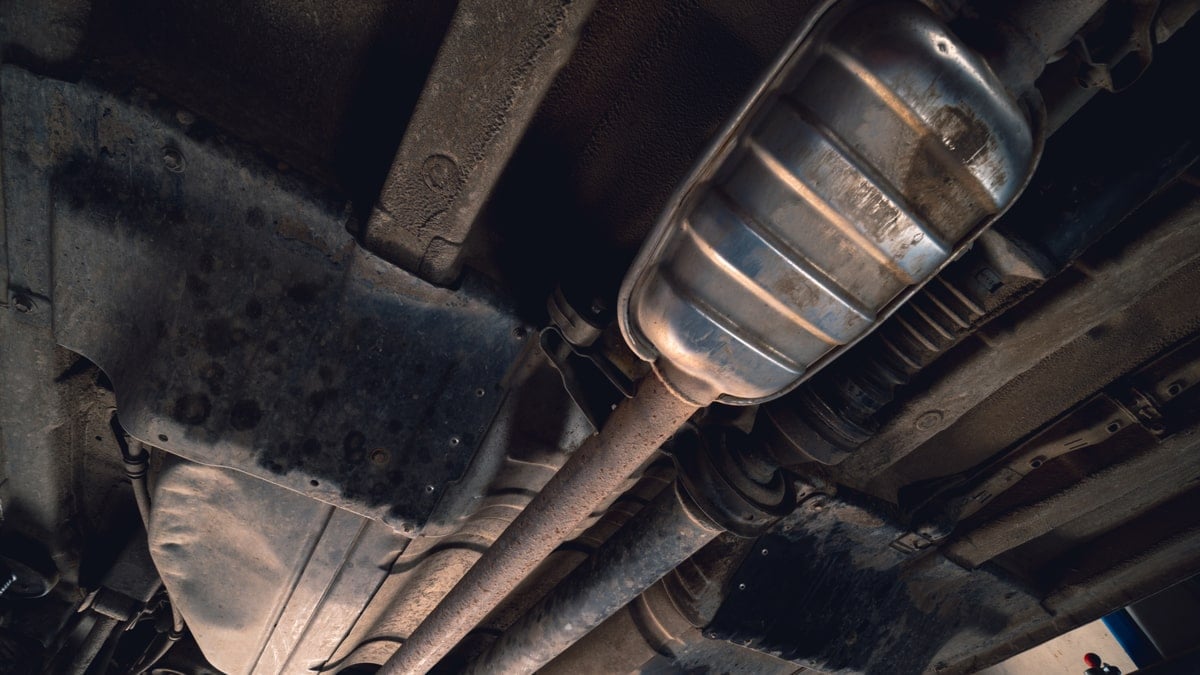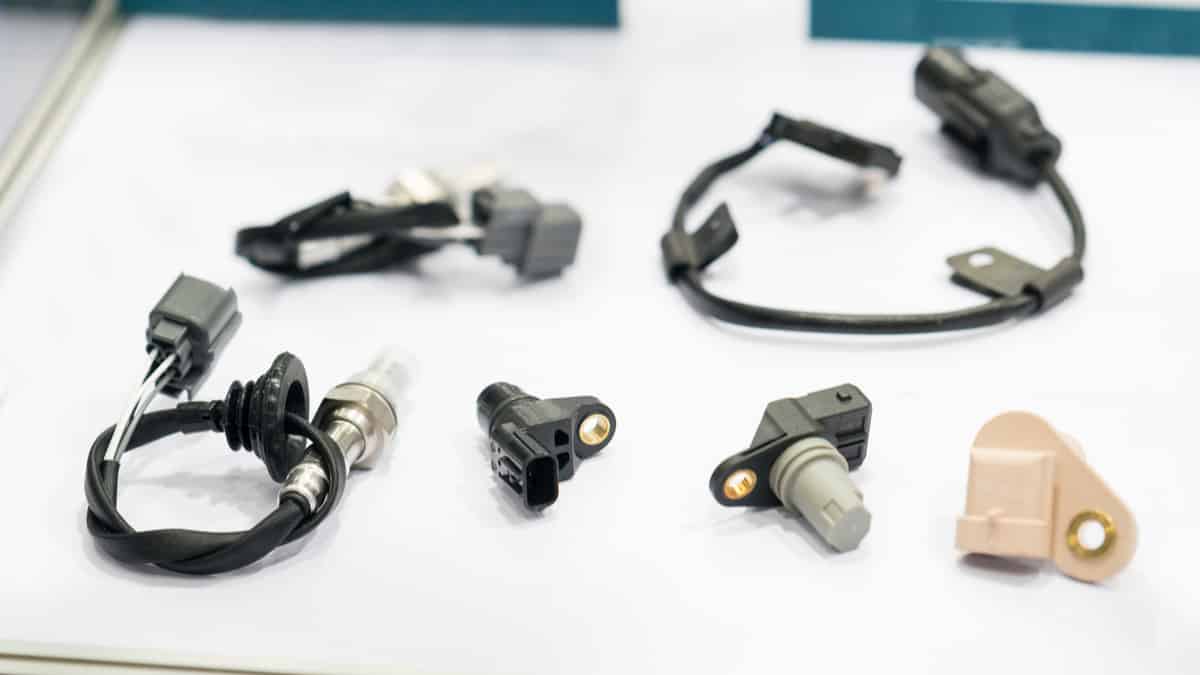With car thefts on the rise, it’s important to take every step possible to prevent your vehicle from being stolen. One preventative measure may be to install a kill switch in your vehicle. These simple devices ensure your car doesn’t get snatched out from underneath you. But, what type of kill switch should you install to prevent car theft?
In this guide, we cover the five types of automotive kill switches, so you can determine which is best for you. We also look at the total cost you can expect.
What is an Automotive Kill Switch?
If you don’t know what a kill switch for the car is, you will have a difficult time choosing between these five types. A kill switch is something that must be activated to get the car started. If it’s not activated, a specific circuit will not be completed.
While there are multiple ways to operate the technology, they all involve some form of switch. The reason to hide the kill switch is so no one else knows where it is. If they know there’s a kill switch, they won’t have trouble starting your vehicle. Different types of kill switches involve different levels of installation and operation.
5 Types of Kill Switches
You can install a fuel system relay switch, preventing the fuel from getting to the engine. There’s also a battery disconnect switch that’s simple to use. Otherwise, you could choose the remote car battery switch, an ignition wire kill switch or fuse box kill switch.
Here is a more detailed list of the types of kill switches you can install in your car:
1. Fuel System Relay Switch

Until you activate the fuel pump relay switch, no fuel can make it through the lines to the engine. Without fuel, it’s impossible for the motor to start. Interestingly enough, the engine will still crank, but there’s not going to be any gas to get it turned over. So, if a thief gets into your car, they will simply believe that there’s something wrong with your car and they will move on.
To install the fuel system relay switch, you must first locate the wiring harness in your vehicle. You must splice the fuel switch relay wire and pick a convenient location for the kill switch. Run your wire to connect the fuel switch relay to the kill switch and you are ready to go.
RELATED: How To Protect Your Car Against Catalytic Converter Theft
2. Battery Disconnect Switch
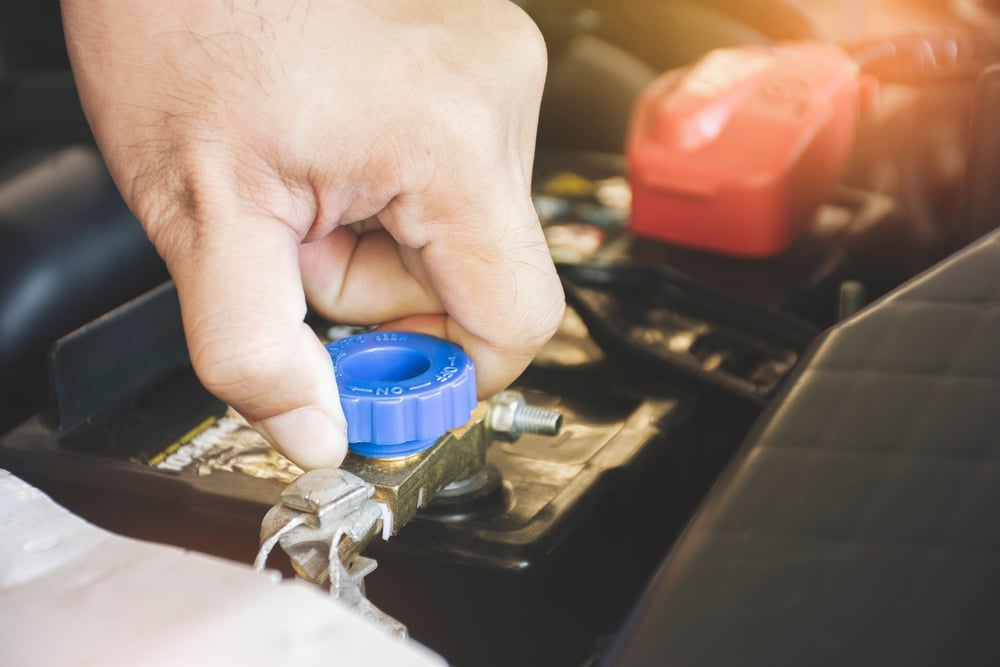
The disconnect switch for the battery requires that you remove the negative connector and put the switch in between. The negative lead goes on the kill switch, which would now be installed on the battery post terminal. When it is activated, the car won’t get any power from the battery, mimicking what happens when there’s a dead battery. However, when the switch is turned, you will be able to start the vehicle normally.
If you run a wire to mount the switch inside the car, you won’t have to get under the hood every time you want to start the engine. However, your radio presets and clock settings are going to reset each time you use it because the battery holds this memory.
3. Remote Car Battery Switch
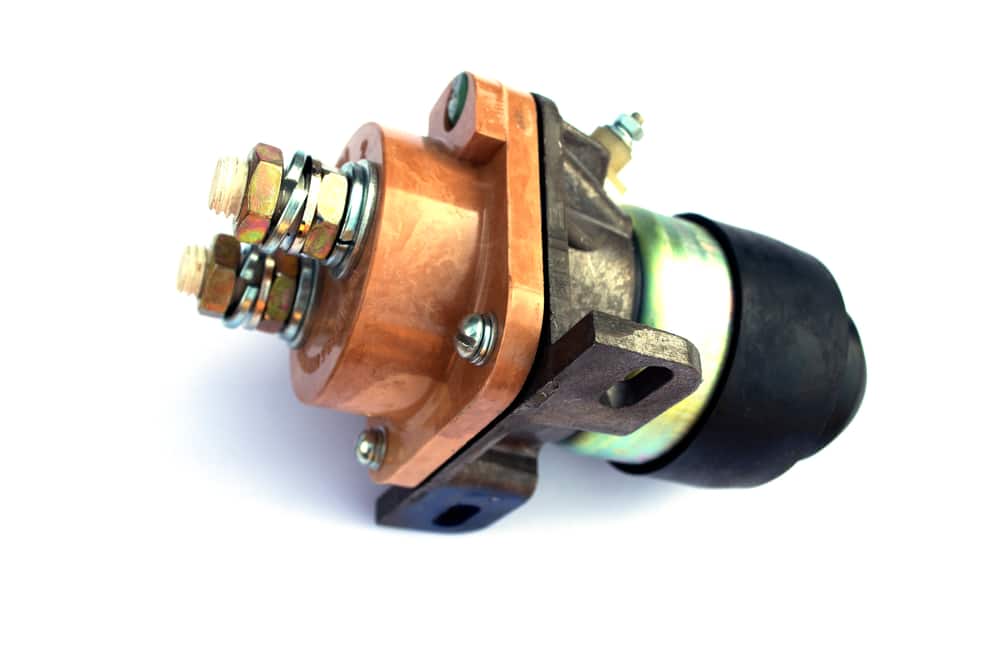
Another type that gets installed on the battery is this remote-controlled option. You can keep the remote on your keys for easy access. What’s great about this option is that you can activate it any time you feel nervous about suspicious activity, even if you aren’t in your vehicle.
This switch is installed on the battery, just like the wired version. With the use of magnets, the switch allows the use of the battery when you want to drive, and turns it off when you are protecting your car. However, you are going to run into the same memory issues that were found with the last battery option.
RELATED: 10 Best GPS Trackers for Cars
4. Ignition Wire Kill Switch
Without a well-running ignition system, there’s no way to start the car. With this switch, you interrupt the flow of ignition by adding a break in the wiring. To install it, you must cut the ignition wire and put a connector on each side, installed into the switch. You can route the switch itself somewhere secret in the vehicle’s cabin, where no one can see it.
However, the installation of this device is a little more complicated. If you aren’t familiar with your ignition system, you want to look at the diagram in your service manual. You must cut the right wire and you may also prefer soldering the connection for a better fit.
5. Fuse Box Kill Switch
While this kill switch is going to stop power from getting to the car, it doesn’t cut it off with the battery. Instead, power is removed directly at the fuse box. Of course, you could just pull the ignition fuse when you exit the vehicle and put it back in when you are ready to drive. However, this process can become annoying, especially if the fuse box is in a challenging location.
It is much easier to install a switch that kills the specific fuses you choose. You run the switch to the appropriate fuses and place it in an inconspicuous location.
Kill Switch Cost
The average kill switch will cost between $10 and $100 for the part and installation. However, this price depends on what type you choose, the vehicle make and model, plus whether you install it yourself or you have it professionally added.
When you evaluate the low cost of the kill switch, it’s really a no-brainer, especially if you live or work in an area with a lot of car theft. For less than $100, you can keep your car from being stolen, which isn’t just a hassle, but can make your insurance rates jump through the roof. The automotive kill switch is certainly better than installing one of those bulky steering wheel locks and doesn’t provide a million false alerts as the car alarms do.
By installing a kill switch in a strategic place inside or outside of your vehicle, you can greatly reduce the chances of it being stolen. Installing a kill switch is often quite inexpensive if you can do it yourself, but it may require some basic automotive electrical skills.
While no system is foolproof, the extra layer of security provided by a car kill switch can give you some peace of mind when parking your car in high-crime areas or leaving it unattended for extended periods of time. When you look at the difficulty of installing one, compared to how much less likely it is that your car will be stolen, it’s actually a pretty good investment of time.
Learn more:
- Do Steering Wheel Locks Prevent Car Theft?
- How to Wire an Ignition Switch & What Wires Go to the Ignition Switch?
Categories: Car Insurance, Electric

